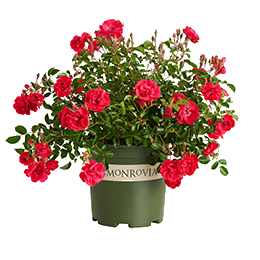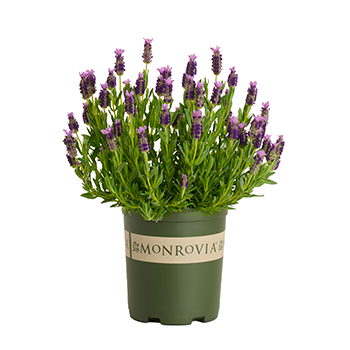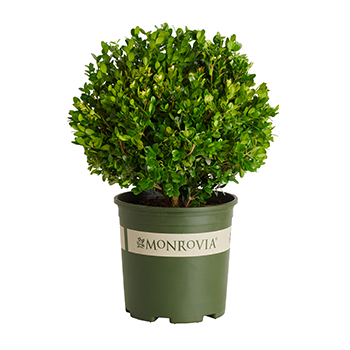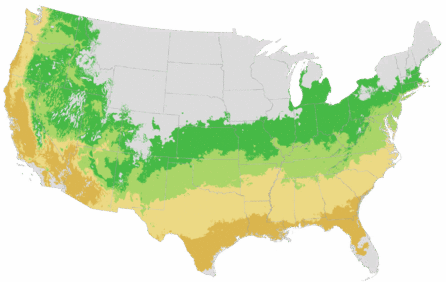You're growing in this Zip Code:
Change LocationDiscover Plants for Your Area
Gold Coast® English Holly
Ilex aquifolium 'Monvila'
Retailers Near You
No Retailers found within 100 miles of your zipcode
Be Inspired: How to Use this Plant
| Bloom Time | Spring |
|---|---|
| Deciduous/Evergreen | Evergreen |
| Special Features | Dramatic Foliage Color, Easy Care, Pollenizer |
| Problems/Solutions | Deer Resistant, Rabbit Resistant |
| Growth Rate | Slow |
| Growth Habit | Pyramidal |
| Patent Act | Asexual reproduction of plants protected by the Plant Patent Act is prohibited during the life of the patent. |
| Landscape Use | Barrier, Border, Hedge, Privacy Screen |
| Design Ideas | Add interest to your winter garden and have a fresh supply of holiday greenery for wreaths and garlands. The golden-edged foliage will add a special glow. The English Holly is very shade tolerant and will add light and interest to a woodland understory or a sunny wildlife garden. |
| Flower Color | White |
| Foliage Color | Variegated |
| Companion Plants | Lily of the Valley Shrub (Pieris); Rhododendron (Rhododendron); Peony (Paeonia); Astilbe (Astilbe); Camellia (Camellia) |
| Care Instructions | Grows well in moderately fertile, humus-rich, well-drained soils. Shelter from wind and harsh afternoon sun exposures in hot, dry regions. Water deeply, regularly during the first few growing seasons to establish an extensive root system. Fertilize before new growth begins in spring. Prune annually to shape. |
| History | I. aquafolium is native to western and southern Europe, northwest Africa and southwest Asia. Western cultures use English Holly as a traditional Chrismas decoration, especially in wreaths. The wood is hard and very light. Traditionally it has been used to make the white chess pieces, while ebony was used to make the black. Ingestion of berries on the female varieties may cause nausea, vomiting, abdominal pain and diarrhea in humans, but is an important food source for birds. |
| Bloom Time | Spring |
|---|---|
| Deciduous/Evergreen | Evergreen |
| Special Features | Dramatic Foliage Color, Easy Care, Pollenizer |
| Problems/Solutions | Deer Resistant, Rabbit Resistant |
| Growth Rate | Slow |
| Growth Habit | Pyramidal |
| Patent Act | Asexual reproduction of plants protected by the Plant Patent Act is prohibited during the life of the patent. |
Retailers Near You
No Retailers found within 100 miles of your zipcode
Retailers Near You
No Retailers found within 100 miles of your zipcode
Buy Online
We cannot currently ship this product to your zip code.
About Us
We have been pioneers and craftsmen in the art of growing plants for nearly
100 years. Since our founding in Southern California by Harry E. Rosedale, Sr.
in 1926, we have been absolutely dedicated and obsessed with quality.
We have been pioneers and craftsmen in the art of growing plants for nearly 100 years. Since our founding in Southern California by Harry E. Rosedale, Sr. in 1926, we have been absolutely dedicated and obsessed with quality.







